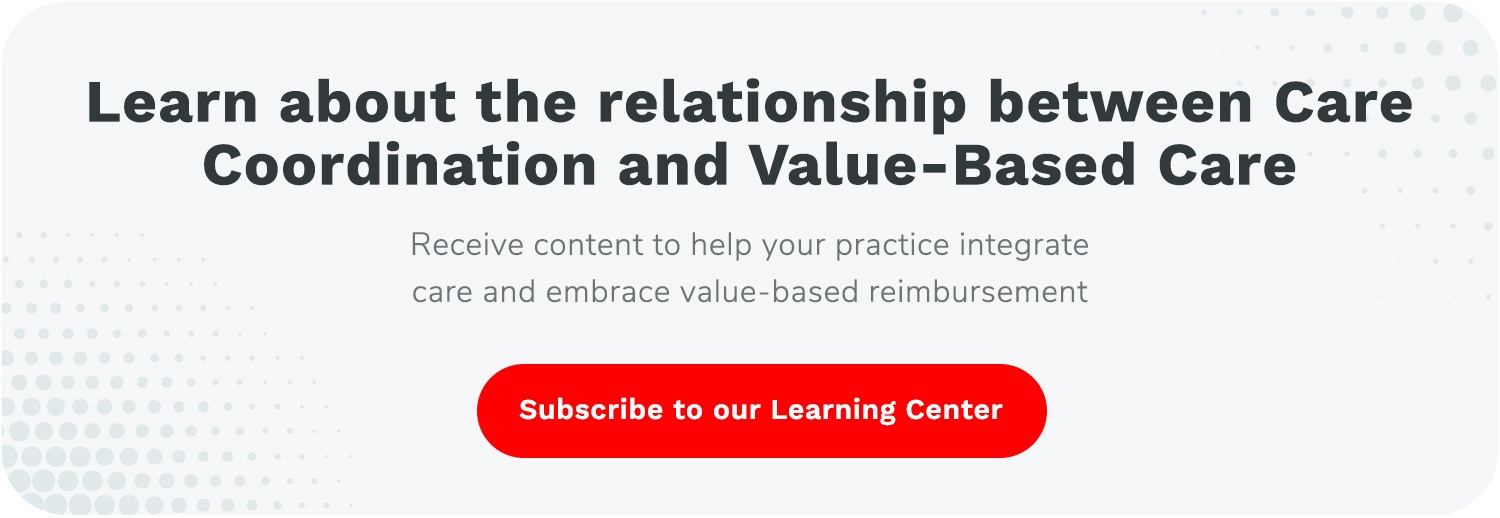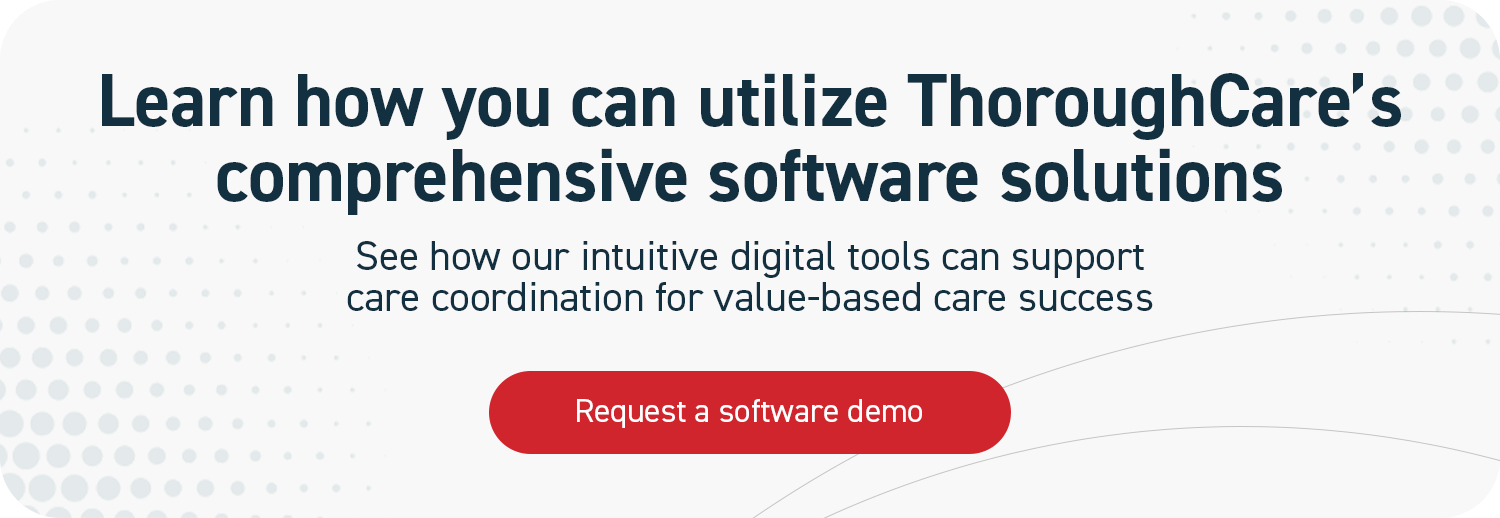3 Benefits and Barriers to Behavioral Health Integration
Did you know that the World Health Organization (WHO) has identified depression as the leading cause of disability worldwide? In fact, more than 264 million people of all ages suffer from depression across the globe.
Mental health disorders are a serious public health concern that has sent healthcare costs skyrocketing and have been neglected for too long. In the United States alone, behavioral health conditions (like depression) are extremely common, affecting nearly one in five Americans.
Since the COVID-19 pandemic, mental health conditions have increased even more. Many people are struggling with a variety of emotional outcomes like stress, depression, boredom, insomnia, fear, confusion, irritability, anger, and frustration.
Behavioral health is an umbrella term that encompasses mental health, substance abuse conditions, common life stressors, stress-related physical symptoms, and general health behaviors.
Integrating behavioral health care with primary care is now widely considered an effective strategy for improving outcomes for millions of Americans with mental or behavioral health conditions. The Centers for Medicare and Medicaid Services (CMS) launched the Behavioral Health Integration (BHI) program to incentivize providers to address this serious health concern.
While the benefits of BHI are well known, providers still face cultural, informational, and financial barriers to integrating behavioral health services into their primary care practices.
At ThoroughCare, we emphasize a patient-centered care model that provides a holistic view of the patient’s health. BHI blends care of those behavioral health factors with medical conditions, serving as a core function of a patient-centered care plan.
We’ve helped many practices seamlessly integrate behavioral health services into their primary care settings, increasing their revenues and improving the health outcomes of their patients.
In this article, we’ll address both the benefits of BHI and the most common barriers to implementing BHI in your practice, and give you tips on how to overcome those challenges.
3 Benefits of Behavioral Health Integration
While there are many benefits to BHI, we’ll cover three of the primary benefits healthcare providers see when implementing such a program.
1. Improved Health Outcomes
Behavioral health and physical health are interlinked. Both conditions often act as a driver for one another, increasing the risk that a person with a behavioral health disorder will develop a chronic disease or vice versa.
Since many chronic conditions are rooted in lifestyle factors, they can also be compounded by behavioral health issues.
By addressing behavioral health concerns through BHI, patients find it easier to manage, improve, and successfully treat chronic conditions.
Having a Chronic Care Management (CCM) program in place to work in conjunction with BHI provides a ton of value to both you and your patients.
As a result of the strong link between behavioral and physical health, those with behavioral health disorders and physical health conditions are more likely to use services like hospital and ED care, which increases costs. This leads to the next major benefit of BHI - cost savings.
2. Healthcare Cost Reduction
Integrating behavioral and physical healthcare has a significant impact on costs.
A 2018 report showed that a Colorado program called Sustaining Healthcare Across Integrated Primary Care Efforts saved about $1.08 million in net cost for Medicare, Medicaid, and dual-eligible patients.
A 2019 study examined a large Kansas City primary care practice that integrated a licensed psychologist into its practice. The results showed that integrating behavioral health services into the practice was associated with a per member per year savings of $860.16 (or 10.8% savings) in costs for patients.
These savings primarily came via fewer hospitalizations and other downstream utilization.
3. Helps Transition to Patient-Centered Care Model
With BHI, practices begin to better meet patients where they’re at and provide a more holistic model of care. As a result, relationships with patients become stronger.
Those relationships are at the heart of a patient-centered care plan, putting an individual’s unique health needs and desired health outcomes at the forefront of all healthcare decisions.
Under a patient-centered care model, care teams work with and provide more than traditional medical treatment by developing a comprehensive, specific care plan involving mental health and social needs.
For this type of care to be effective, patients must become partners with their health care providers. Active collaboration and shared decision-making between patients, families, and providers are key.
The patient-centered care model improves the patient experience, increasing their engagement with their own health. For providers, they see an increase in patient satisfaction ratings (which can help boost MACRA scores), improved employee morale, and of course, an array of new revenue streams.
3 Barriers to Behavioral Health Integration
Below, we’ll lay out some of the most common barriers to BHI from the physician’s perspective.
1. Cultural Differences
One of the most common barriers to BHI is the cultural differences between behavioral and non-behavioral health providers.
Behavioral health providers are accustomed to an entirely different workflow from a traditional medical healthcare clinic. Behavioral health clinicians see longer, 50-minute appointments as the norm and highly value long-term patient relationships.
Providers can bridge this cultural gap between providers by leveraging the organizational champions of your BHI program to engage both behavioral and non-behavioral health clinicians.
One popular way the leaders of your organization can engage those clinicians is by providing inter-professional training. This training should focus on giving primary care providers a strong foundational understanding of behavioral healthcare and vice versa.
2. Sharing of Information
There are barriers to the flow of information between non-behavioral health clinicians and behavioral health providers. Patient records are infrequently shared or only accessible with special permission.
One of the primary root causes of poor sharing of patient information is a substandard Electronic Health Record (EHR). Many EHRs are not designed for behavioral health integration. That is where the value of quality care management software becomes clear. A strong software will allow for easy sharing of information and seamless workflows between providers.
To help promote the sharing of information, it’s important to develop relationships with behavioral health providers in the community you serve. If and when you decide to implement your own BHI program, these relationships will be vital to your success.
Starting Behavioral Health Integration in Your Practice
There are a number of ways to integrate behavioral health services with a primary care practice. In doing so, you’ll want to consider the following of your own practice first:
Why are you implementing Behavioral Health Integration?
There are a number of reasons providers implement BHI into their practice.
You could be looking for improved health outcomes for your patients, increased patient satisfaction, increased provider/staff satisfaction, financial incentives for quality care, or cost savings, just to name a few.
What will the scope of your program be?
To implement successfully, you’ll want to plan thoroughly. Knowing the number of patients you’ll be able to serve with the program is only the first step.
What are all the services you’ll offer? What services can you refer patients to?
Asking these questions and understanding the full scope of your BHI program will help you and your staff be successful.
Developing a Pathway for Integration
Once the vision of your BHI program is shaped, you’ll need to create a plan. This plan should consider the following:
Goal Setting
You’ll want to identify your target patient population. Consider their demographics and the type of clinical problems represented in your patients. This will help you clarify what behavioral health services could be most impactful.
Knowing which services you will provide based on the needs of your patient population will allow you to set realistic, attainable goals for your practice.
Assessment of Resources
Consider the currently available resources of your practice. You’ll want to examine some of the following factors:
- Geography - are there other practices nearby? What community resources are available to your patients?
- Office Space - where are patients being seen? Is there a designated space for collaboration and care planning? Are there any physical barriers/limitations with your facilities?
- Staff Support - ensure that leadership and staff are bought in and aligned throughout the process. Who needs to be included in decision-making? What training will need to be provided to staff? Will new staff need to be hired?
- Shared workflows - sharing care plans and health records is vital to the success of BHI. Will your community partners participate in that? Do you have good relationships with said partners?
- Financial - what financial resources are available? Can the practice afford the startup costs required to implement a BHI program?
- Technology - what technological resources are available to your staff? How will technology be incorporated into care planning for your patients?
Streamline Behavioral Health Integration With Software
To deliver and document behavioral health services, you’ll want a system in place to manage your program.
A practical resource, such as care coordination software, will keep key details from being lost or overlooked. This will promote efficiency for you and your staff and help patients succeed. Care coordination software can streamline the creation of patient care plans, support staff workflows, and simplify billing. With a clinician’s eye, we’ve designed an intuitive platform that untangles the entire BHI process, so you and your patients can capitalize on it.




